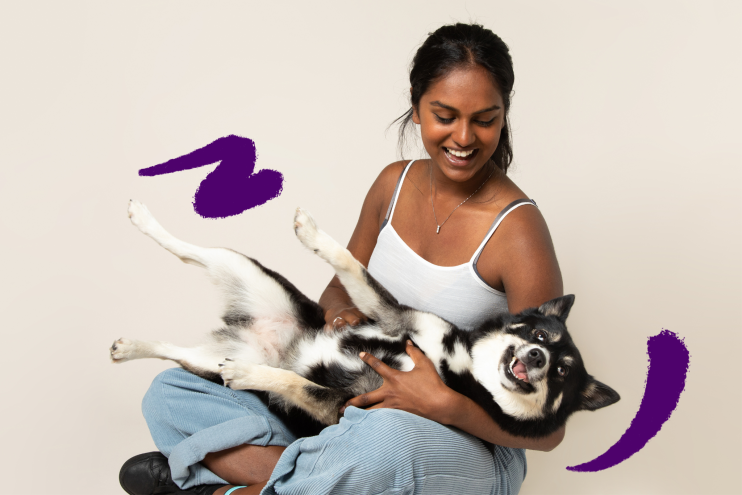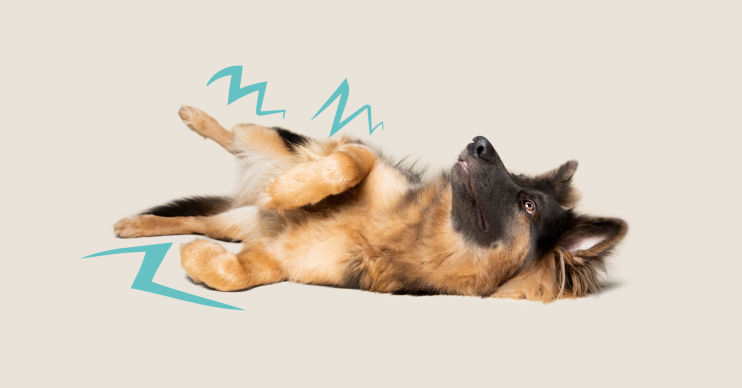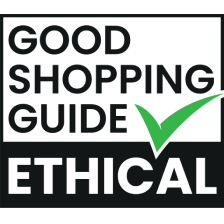The dangers of toxic water on a dog walk

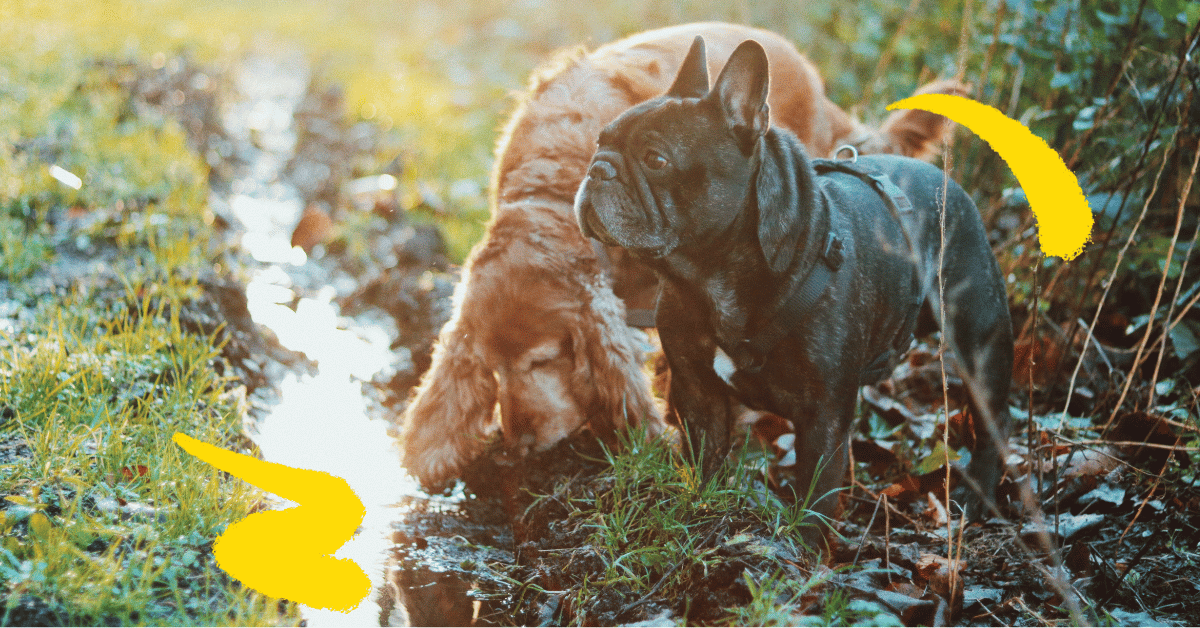
There’s nothing more refreshing for your dog than taking a splash on a long walk. But have you ever wondered what might lurk beneath or on the surface?
Paddling is a favourite past time for many pooches, but in rare instances it can be deadly for your best friend. Here’s a guide to unsafe water, plus some ultra-important advice for when your dog encounters it.
What to look out for: blue-green algae
Blue-green algae is a term that covers several types of bacteria that live in water. It’s found in some ponds, streams, lakes, or rivers; and it thrives in warm, nutrient rich water. During warmer weather, blue-green algae can multiply rapidly, forming large ‘blooms’ that contaminate and pollute the water. The toxins produced can be poisonous to wildlife, humans, and dogs.
Blue-algae is most often found during mid to late summer – especially when we’ve had a heat wave.
Don’t let your dog drink, or swim in water that you think might be contaminated with blue-green algae. These toxins are often harmful to dogs and can even be deadly. Even licking contaminated water from their fur can cause poisoning.
What does blue-green algae look like?
Water that contains blue-green algae is usually a different colour, often looking like pea soup. However, dangerous algae can sometimes be red, brown, or black too. And the water is likely to smell musty, earthy, or grassy, with foam along the shoreline.
The algae blooms aren’t always large, but you’ll be able to spot them in small areas, close to the land.
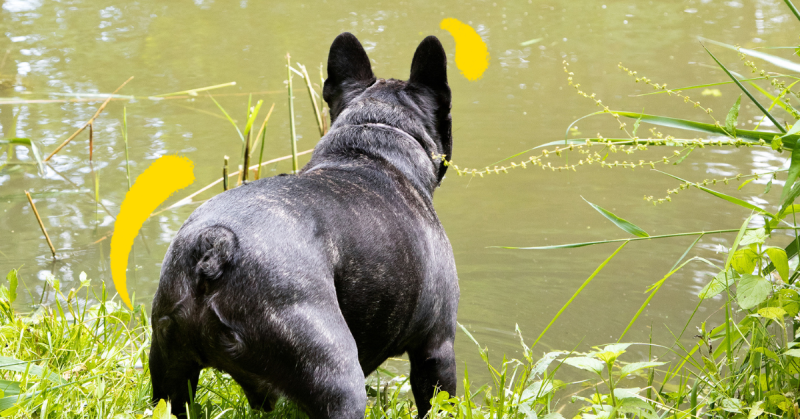
What are the signs of blue-green algae poisoning?
The types of toxins produced by blue-green algae vary, and so do their effects. Your dog might experience dribbling and tiredness; or vomiting and diarrhoea – both of which may show signs of blood. It can also affect their heart and blood pressure; leading to convulsions, problems breathing, or organ failure.
Signs often start within an hour, but may occur within a few minutes, or be delayed for a few days. Many cases are life threatening and dogs can die very quickly. If your dog becomes unwell, contact your vet immediately.
What should I do if I think my dog has been poisoned by blue-green algae?
If your dog has had contact with blue-green algae, it’s important to see a vet straight away. Speedy treatment is vital for improving their chances of survival. It’s a good idea to call ahead and let the vet know you’re on your way, so they can prepare.
What should I do if I think a waterbody is contaminated by blue-green algae?
If you come across a body of water that you think may contain blue-green algae, don’t let your dog swim in it or drink from it. If you’re in the UK, incidents of blue-green algae should be reported to the Environment Agency which has a 24-hour incident hotline: 0800 80 70 60.
If you’re concerned about any water when you’re out and about, it’s best to keep your dog on the leash and avoid any contact.
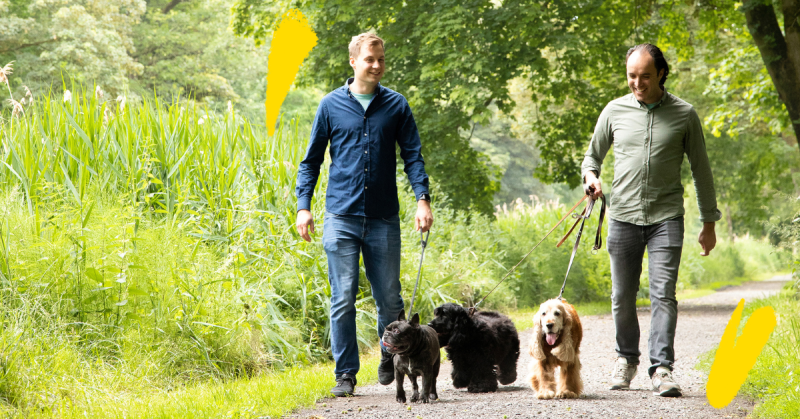
About Edgard & Cooper

Joyful pet food
Eating is one of life’s simple joys, so why overcomplicate things? Unlike most other pet foods, we treat nature’s ingredients with respect and make food that’s naturally healthy and full of flavour.

Play nice with nature
We’re on a mission to become the world’s most sustainable pet food. We love nature, so we pledge to make real, lasting change through our targets of zero carbon, fully sustainable packaging and ethically sourced ingredients.

Friends stick together
We donate 1% of our sales to the Edgard & Cooper Foundation, which works with charities that improve the lives of cats and dogs today, while protecting them tomorrow.
